Organization of the WELL Building Standard®
The WELL Building Standard is organized into seven categories of wellness called Concepts: Air, Water, Nourishment, Light, Fitness, Comfort and Mind.
WELL Building Standard Features, Parts and Requirements
The seven Concepts are comprised of 102 features. Every feature is intended to address specific aspects of occupant health, comfort or knowledge. Each feature is divided into parts, which are often tailored to a specific building type. This means that depending on the building type (e.g., New and Existing Interiors or Core and Shell), only certain parts of a given feature may be applicable. Within each part are one or more requirements, which dictate specific parameters or metrics to be met. In order for a project to receive credit for a particular
feature, all of its applicable component parts specifications must be satisfied.
Features can be:
- Performance-based standards that allow flexibility in how a project meets acceptable quantified thresholds
- Prescriptive standards that require specific technologies, design strategies or protocols to be implemented
Preconditions
WELL features are categorized as Preconditions—necessary for all levels of WELL Certification or WELL Core and Shell Compliance. These features represent the core of the WELL Building Standard. Preconditions can be thought of as the foundation for wellness in the built environment. It is important to note that for certification or compliance to be awarded, all applicable Preconditions must be met.
Optimizations
Optimizations are not required to achieve Silver level certification, but create a flexible pathway towards Gold and Platinum level certification. WELL Core and Shell Compliance requires at least one Optimization per Concept. These features include optional technologies, strategies, protocols and designs. IWBI recommends that all projects strive to achieve as many Optimizations as possible.
| STANDARD VERSION | LEVEL OF ACHIEVEMENT | PRECONDITIONS THAT MUST BE ACHIEVED | OPTIMIZATIONS THAT MUST BE ACHIEVED |
|---|---|---|---|
| WELL Building Standard® | Core and Shell Compliance | All applicable | One Optimization from each concept |
| Silver Certification | All applicable | None | |
| Gold Certification | All applicable | 40% of applicable | |
| Platinum Certification | All applicable | 80% of applicable | |
| WELL Pilot Standards | Silver Certification | All applicable | 20% of applicable |
| Gold Certification | All applicable | 40% of applicable | |
| Platinum Certification | All applicable | 80% of applicable |
Feature Intents in the WELL Building Standard
Each WELL Building Standard feature is designed to address issues that impact the health, comfort or knowledge of occupants. Many features intended to improve health are supported by existing government standards or other standard-setting organizations. Some features are intended to change behavior through education and corporate culture, providing, for example, information and support for making positive lifestyle choices.
Wellness and Body Systems
Each feature of the WELL Building Standard is ascribed to the human body systems that are intended to benefit from its implementation. This enables project teams to classify the intended benefits of each WELL feature and develop a comprehensive set of strategies. While there are different ways to group the body’s various systems, the WELL Building Standard considers each feature’s impact on the following categories of body systems:
Cardiovascular System
The cardiovascular system consists of the heart, vessels and blood. Its primary function is to supply nutrients and remove waste from the body tissues. However, stress, unhealthy diets and lifestyle choices, and exposure to environmental pollutants can negatively impact cardiovascular health and lead to the development of chronic conditions that reduce quality of life.
The WELL Building Standard addresses factors that play a vital role in cardiovascular health: stress, nutrition, fitness and environmental pollutants. Comfort features mitigate stress and help to maintain hormonal balance in the body. Healthy diets and active lifestyles control body weight and strengthen the muscles of the heart. Elimination of environmental pollutants in air, such as tobacco and VOCs – which directly harm the heart and vessels – also contribute towards good cardiovascular health.
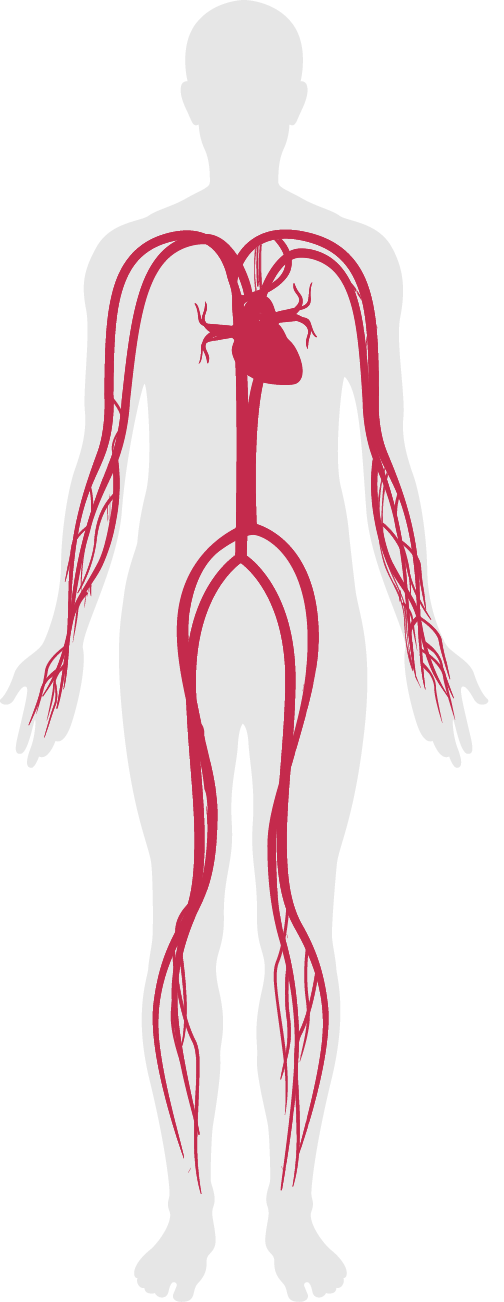
Digestive System
The digestive system consists of the mouth, esophagus, stomach, small and large intestines, and the auxiliary organs – liver and pancreas – that produce digestive hormones and enzymes. This complex system is responsible for nutrient breakdown, absorption and assimilation. In addition, the gut is the largest reservoir of bacteria, which assist in digestion and play a role in immune health. These critical functions can be compromised by poor dietary habits and stress, as well as by microbes and environmental pollutants in the foods we eat and the surfaces that we touch.
The features of WELL support interventions that reduce factors that negatively impact digestive health. Comfort features mitigate stress, which affects the health and function of the microbiome. Proper diets help to limit the consumption of foods and substances that cause digestive discomfort and allergic reactions. Treatment of surfaces ensures that microbes and toxins do not enter our digestive system via our foods. Together, the features of WELL contribute towards maintaining optimal digestive and overall health.
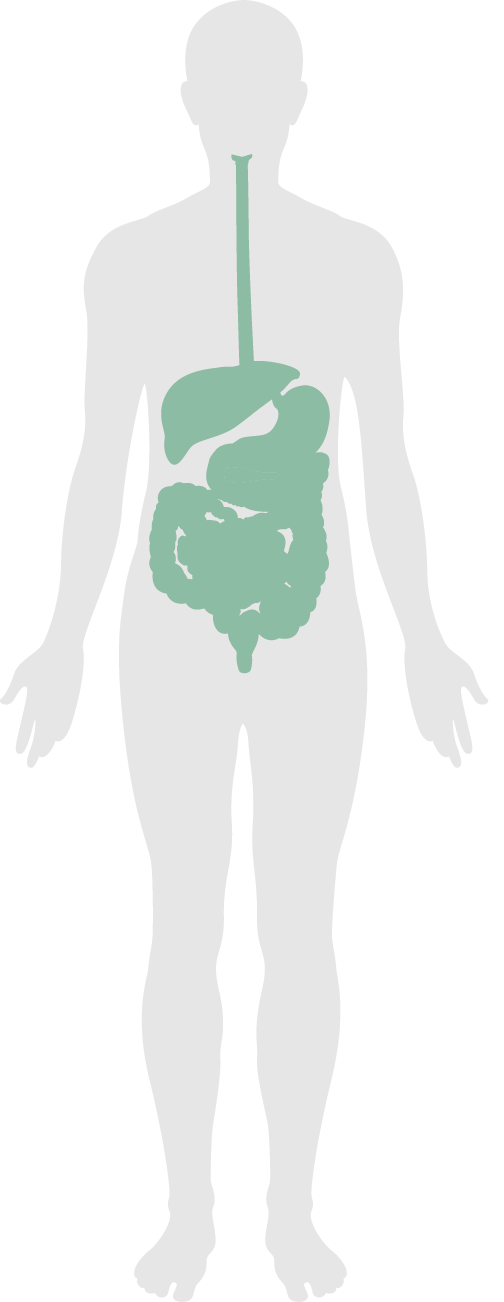
Endocrine System
The endocrine system is made up of hormone-secreting glands. Hormones are chemical compounds that regulate many important processes including growth, immunity, metabolism, reproduction, mood and digestion. Unfortunately, stress, environmental pollutants and many of today’s foods and products contain chemicals that disrupt the function of the endocrine system and can cause a variety of health problems.
The features of the WELL Building Standard aim to mitigate or eliminate exposure to potentially harmful endocrine system disruptors. Comfort features help to reduce stress that can lead to chronic health conditions. Nourishment features limit the ingestion of compounds that mimic hormones and disrupt proper endocrine regulation. Elimination of environmental pollutants prevents the exposure to toxins and compounds that interfere with the endocrine regulation of many of the body’s functions.
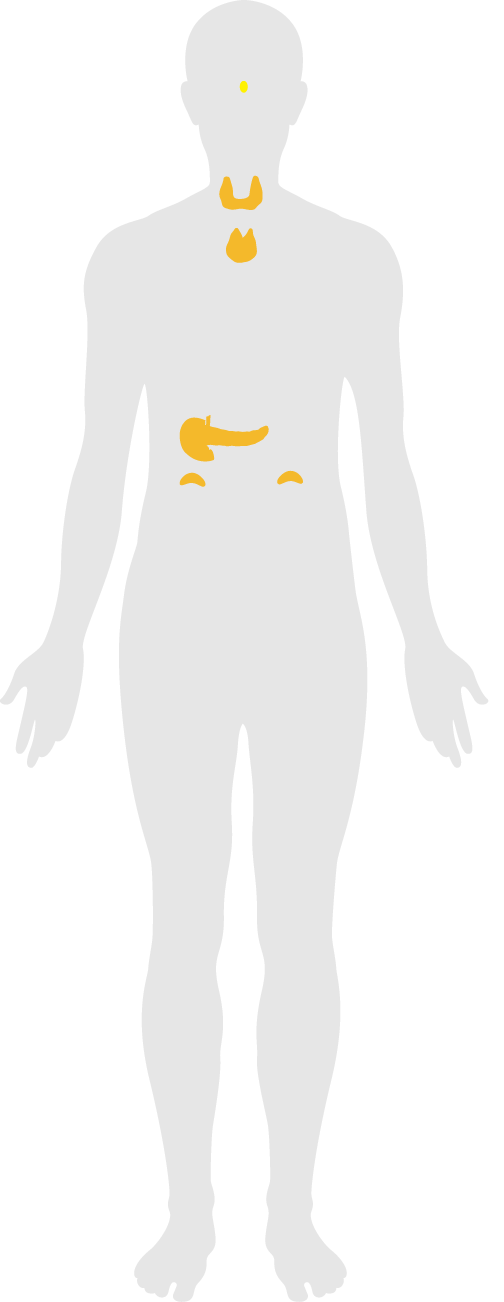
Immune System
The immune system is a complex cohort of highly specialized cells, proteins, tissues and organs that make up the body’s defense system against internal and foreign disease-causing agents. It is affected by the cumulative effect of toxins, poor sleep, nutrition and excessive stress. Failure to maintain proper immune function can increase the incidence of infections by bacterial and viral pathogens, and contribute towards the development of chronic conditions such as arthritis, diabetes, cardiovascular or respiratory disease and even cancer.
The features in the WELL Building Standard aim to promote and enhance immune health. The use of non-toxic materials limits the exposure to chemicals that weaken the immune function. Water and air filtration systems limit the exposure to bacterial and viral pathogens and allergens. In addition, WELL includes features that reduce stress and improve nutrition and fitness, which help strengthen the immune system.
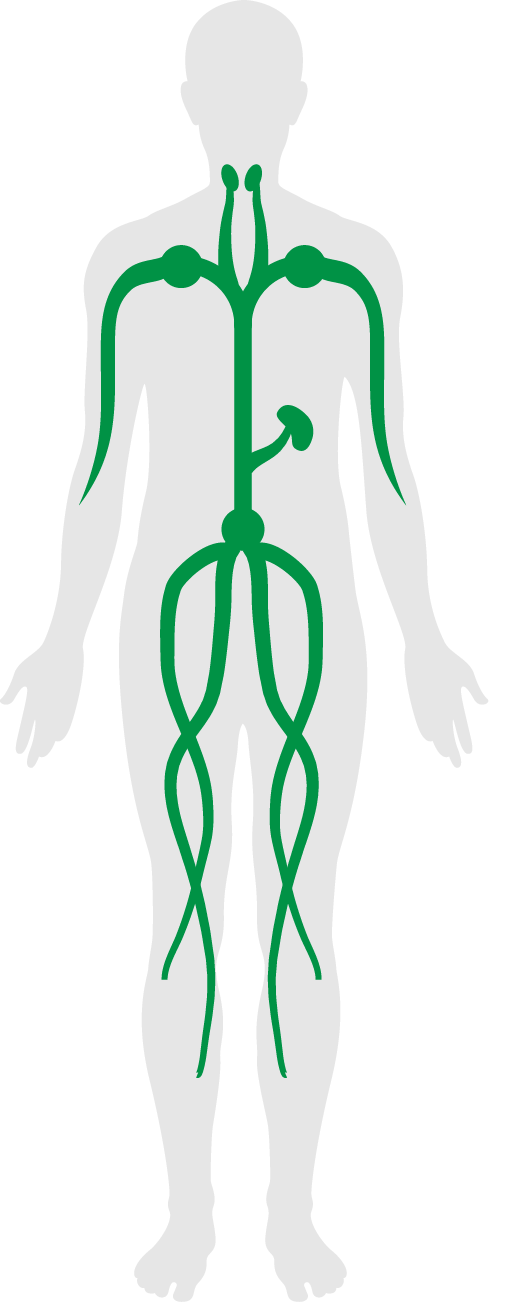
Integumentary System
The skin, hair and nails form the outer layer of the body, or the integumentary system. It functions to protect internal organs from impact, prevents water loss, regulates body temperature and protects the body against foreign pathogens and harmful toxins. The skin is also a host to a large community of symbiotic microorganisms that produce a moisturizing layer and aid in immune function.
The WELL Building Standard helps to maintain integumentary system integrity, as this system provides the first line of defense against injury and/or infections. In addition, it requires that building materials are absent of toxins that could be harmful if absorbed through the body’s outermost layers.
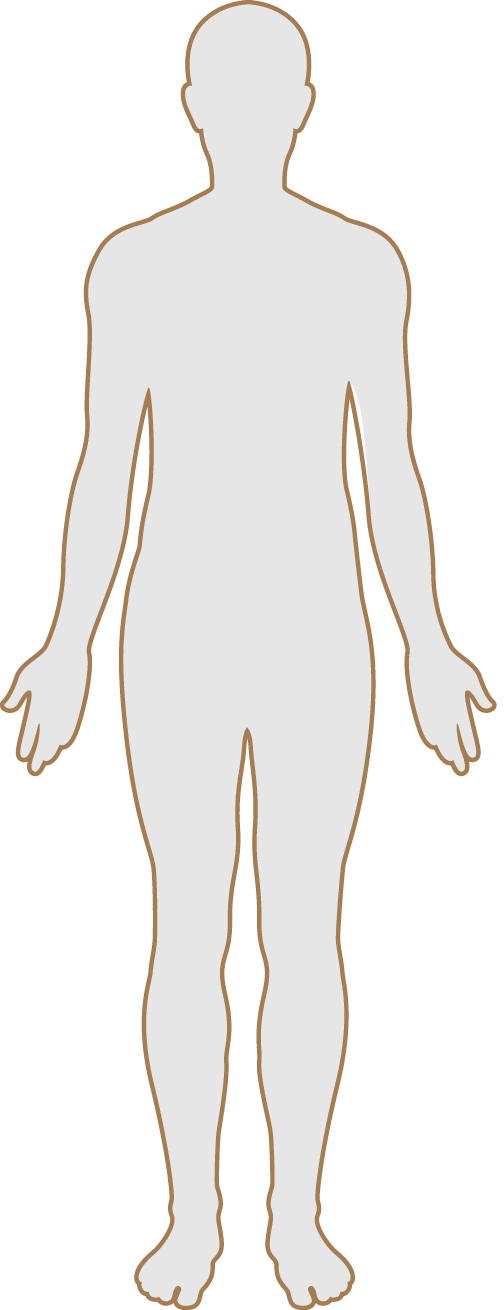
Muscular System
The human muscular system is comprised of skeletal, smooth and cardiac muscle. It supports posture, movement, blood circulation and digestion. The muscular system is also responsible for generating heat through the contraction of muscles. Balanced diet and physical activity greatly affect muscular health, as they ensure that the muscles receive adequate nutrients for proper development and function.
The WELL Building Standard contains features that are designed to encourage or enhance the opportunities for safe physical activity, promoting an active lifestyle. To complement this, ergonomic designs are intended to reduce the likelihood of ligament strain and muscular injuries. Other features promote the use of active furnishings or design principles that encourage small amounts of physical activity throughout the day and reduce sedentariness.
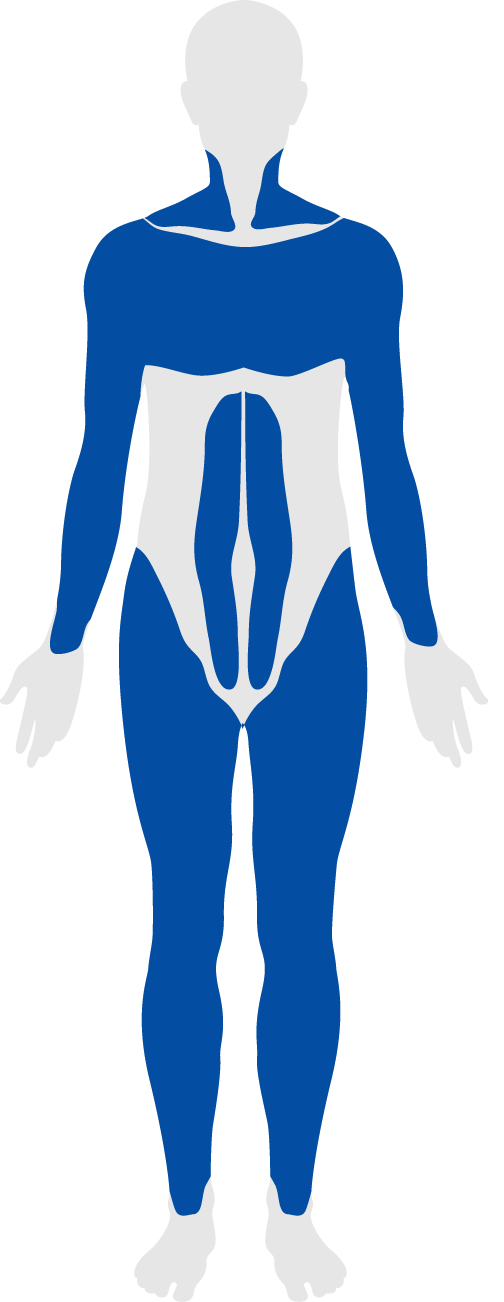
Nervous System
The nervous system includes the central nervous system, made up of the brain and spinal cord, and the peripheral nervous system, composed of nerves. The nervous system is directly and indirectly responsible for controlling nearly every bodily process, including movement, cognitive processes and maintenance of vital organ functions.
The WELL Building Standard places the utmost importance on supporting neurologic and cognitive function through a variety of interventions. Features work to limit the exposure to environmental toxins in air and water, encourage balanced diets and optimal levels of physical activity, and enhance sleep quality and mitigate stress through the implementation of a variety of comfort measures.
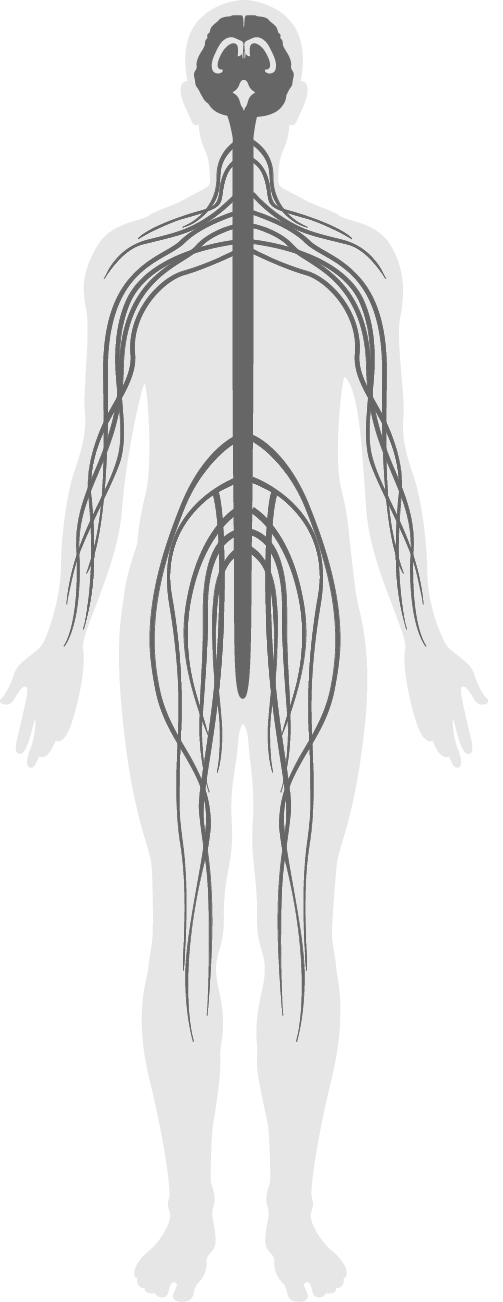
Reproductive System
The reproductive system consists of hormone-secreting glands in the brain and the reproductive organs. Failure to maintain proper reproductive health can have negative consequences on overall health. Further, the effects of this system are broadreaching and can have an impact on personal and prenatal health.
The WELL Building Standard introduces features intended to help protect reproductive health. Proper diet and exercise are two important factors that are addressed by WELL; these are complemented by ergonomic and toxin avoidance strategies that help support reproductive health.
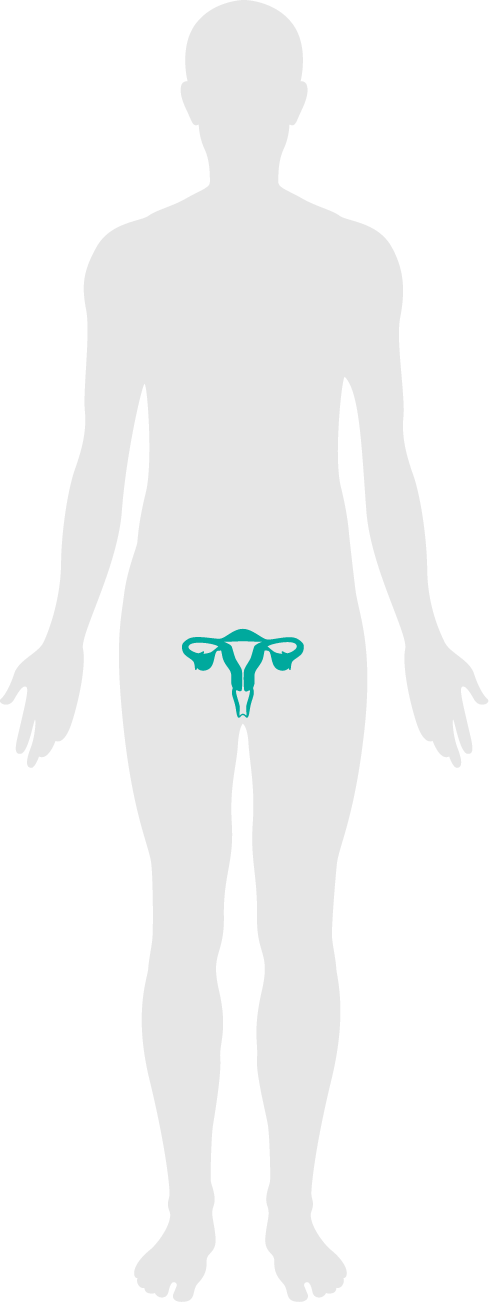
Respiratory System
The respiratory system includes the mouth, nose, diaphragm, the trachea and the airways that reach deep into the lungs. The respiratory system works in tandem with the circulatory system in order to provide oxygen and remove carbon dioxide from the body tissues.
The features of the WELL Building Standard help to promote optimal respiratory system function by improving the quality of the air we breathe, limiting exposure to molds and microbes and by improving access to opportunities for greater fitness. Elimination of VOCs and particulate matter from ambient air helps to prevent direct damage to the lungs. Mitigation of molds and microbes reduces the incidence of infections and allergic reactions. Fitness features help to improve lung function and the overall strength of the respiratory system.
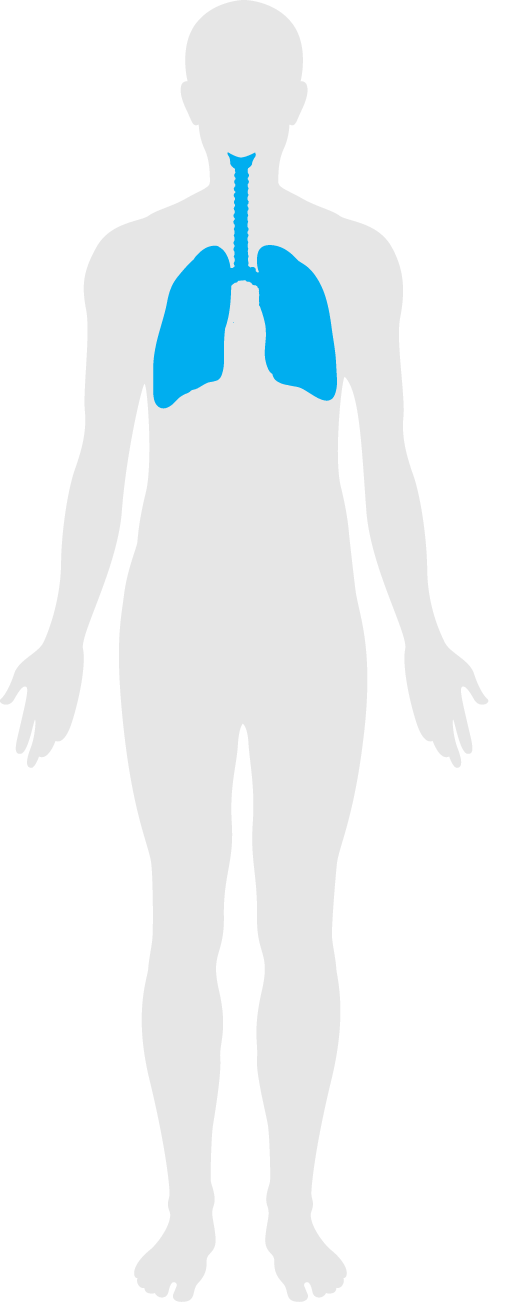
Skeletal System
The skeletal system provides support and movement, protects internal organs against impact, stores minerals, produces blood cells and aids in hormone regulation. Similarly to the closely related muscular system, skeletal health is strongly affected by proper nutrition and adequate levels of physical activity.
The WELL Building Standard is grounded in the latest research in universal design and ergonomics to improve posture and alignment and limit physical stress. In addition, features provide guidelines for fitness and nutrition that are designed to support skeletal system health and function.
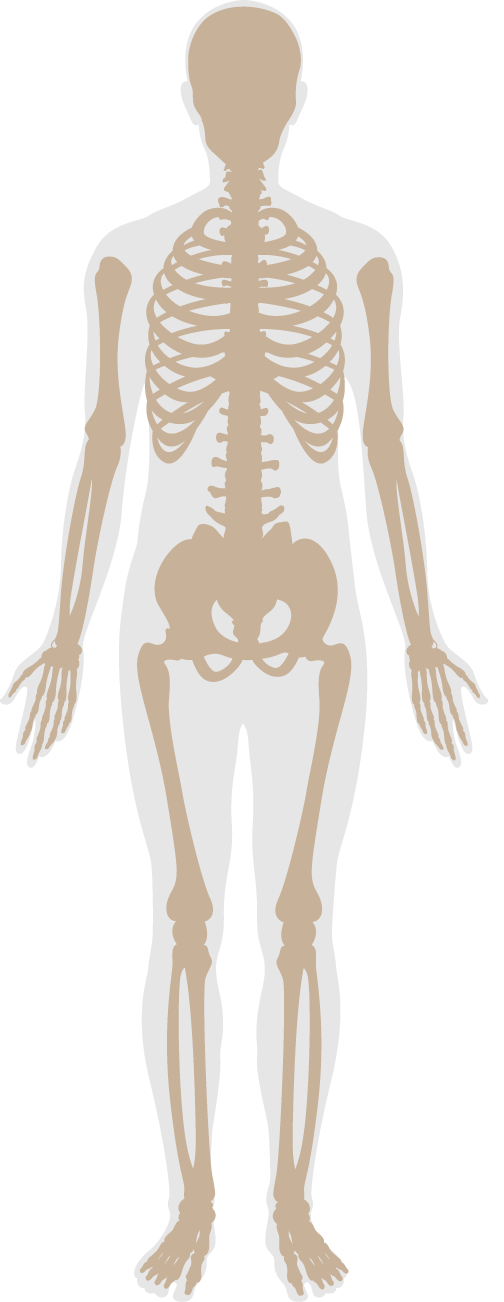
Urinary System
The urinary system consists of the kidneys, ureters, bladder and the urethra. The urinary system serves a number of critical functions, including the filtration of toxins, balance of blood pH and electrolytes, maintenance of blood pressure and the elimination of waste through urine. The kidneys are sensitive organs that can be damaged by exposure to toxins, chronic high blood pressure, and excessive quantities
of alcohol or medications.
The features of the WELL Building Standard help to support urinary health by reducing stress and exposure to toxins and infection-causing pathogens. Comfort features that reduce stress prevent the likelihood of high blood pressure and hormone levels that negatively affect urinary function. Restriction of toxins and pathogens helps to limit the incidence of urinary infections and other potentially serious problems.

